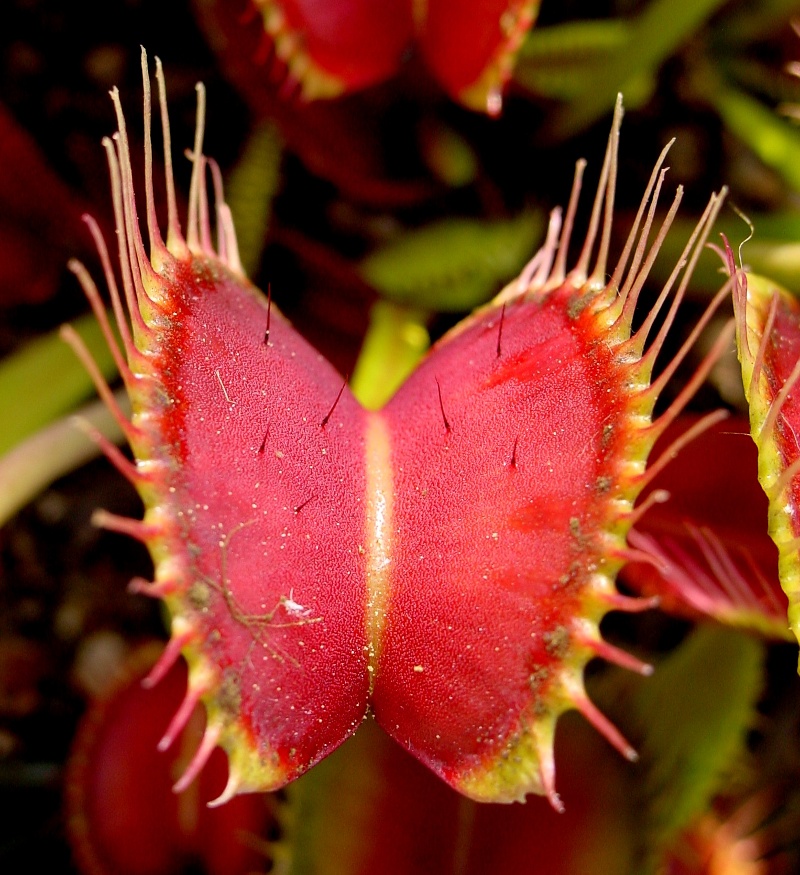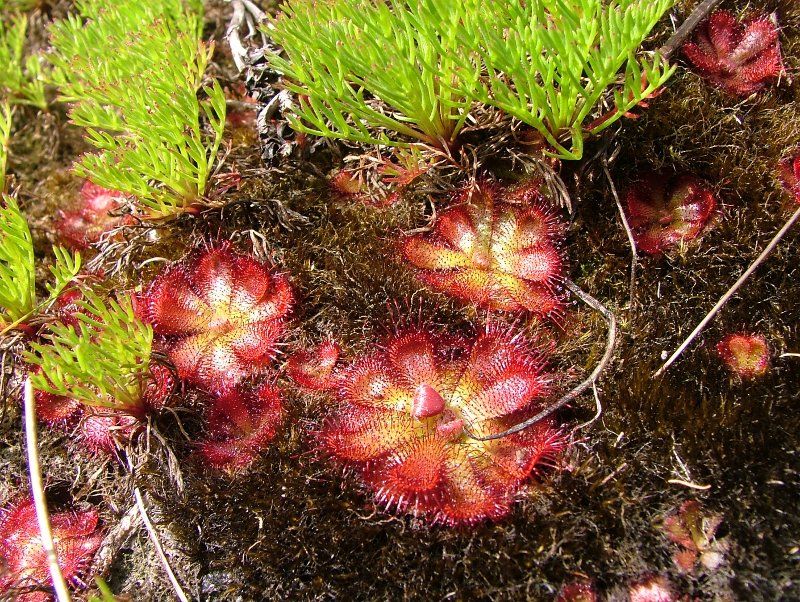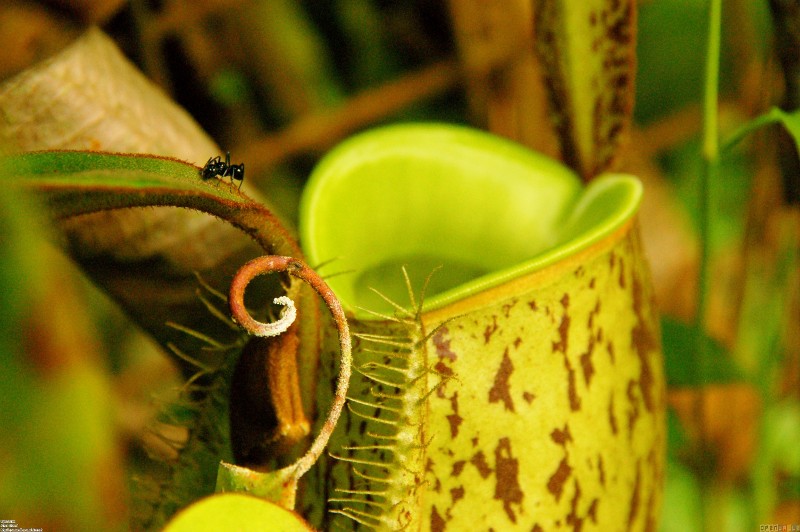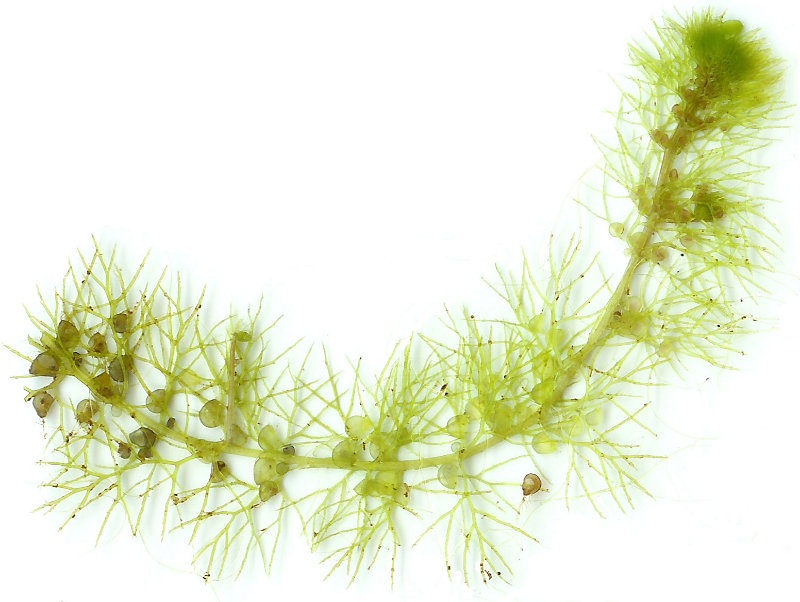Carnivorous Plants: Venus Flytrap, Sundew Plant, Pitcher Plant & Bladderworts
- Published by
- Posted on
- Leave your thoughts
-
Why don’t these plants live like normal plants? Why do they eat insects and other animals? The reason is that these plants exist in rocky areas or bogs, where the soil quality is very poor and lacks essential nutrients such as nitrogen. To fulfill their energy requirements the plants consume insects and other small animals.
These plants have evolved six times independently in 5 different orders of flower bearing plants and today they are represented by several genera. There are over 630 species of these plants, and also there are additional 300 species that have some of the characteristics of Carnivorous plants.
There are two major categories of the Carnivorous Plants, one with the active traps and other with the passive traps. The active traps are those with spiny hinged leaves and tend to move really fast, where passive traps are plants having leaves shaped like a vase.
Let’s have a look at some if these Carnivorous plants and their prey capturing techniques:

Venus Fly Trap
Venus Flytrap scientifically known as Dionaea muscipla is the most famous kind of Active Carnivorous plants. This astonishing little plant occupies a narrow strip of land, 100 miles long and 10miles wide in the coastal area of North Carolina. It is the relative of Sundew plant. The insects are attracted to these plants for nectar found on its blade like leaves. As soon as an insect touches the tiny hair present inside the leaves the fringe of spiny hair found around the leaves snap shut trapping the prey inside. Then the leaves release some digestive enzymes and absorb essential nutrients.

Sundew Plant
These plant species belong to genus Drodera. Sundew plants have hundreds of tentacles all over its leaves that produce a shiny sticky substance that is often confused with the dew, as sunlight like makes them glitter. The insects are tricked by these fake dew drops and get stuck to the leaves. The poor prey is then enclosed within the tentacles and digestive enzymes start their work.
In some cases, bugs reside on these plants; these bugs eat up the insects that get trapped and serve the plants with their waste products.

Pitcher Plant
Pitcher plants come in two varieties that are, Tropical pitchers and North American pitchers. Tropical pitcher plants are also known as Monkey Cups and belong to the genus Nepenthes. As the name suggests the plants are shaped like pitchers and are brightly colored. The bright colors and nectar of the plant helps to draw its prey’s attention. The inside of the pitcher shaped leaves are covered with slippery waxy scales that make its prey slip at the bottom of the pitcher where digestive fluids are present.
The North American Pitcher plants belong to the genus Sarracenia. Inside the pitcher at the bottom water is present; the trapped insects drown in this water and are then digested by the enzymes that are released in it.

Bladderworts
Bladderworts are also known as Utricularia and are aquatic plants. How did it get its name? It comprise of tiny sacs that resemble a bladder, located on the leaves and the stems of the plant. The size of these bladder like sacs ranges from 2mm to 4mm. The tiny sacs have a thin flap like membrane that acts like a door, this mechanism is also known as “trap door”. There are tiny bristly hairs found surrounding the door. The plant is slightly oval in shape which forms a vacuum that helps trap insects triggering its hair. The prey is then digested with the help of enzymes that are excreted inside the sac.
Other carnivorous plants include Predatory Fungi and Protozoa-trapping flowering plants.




